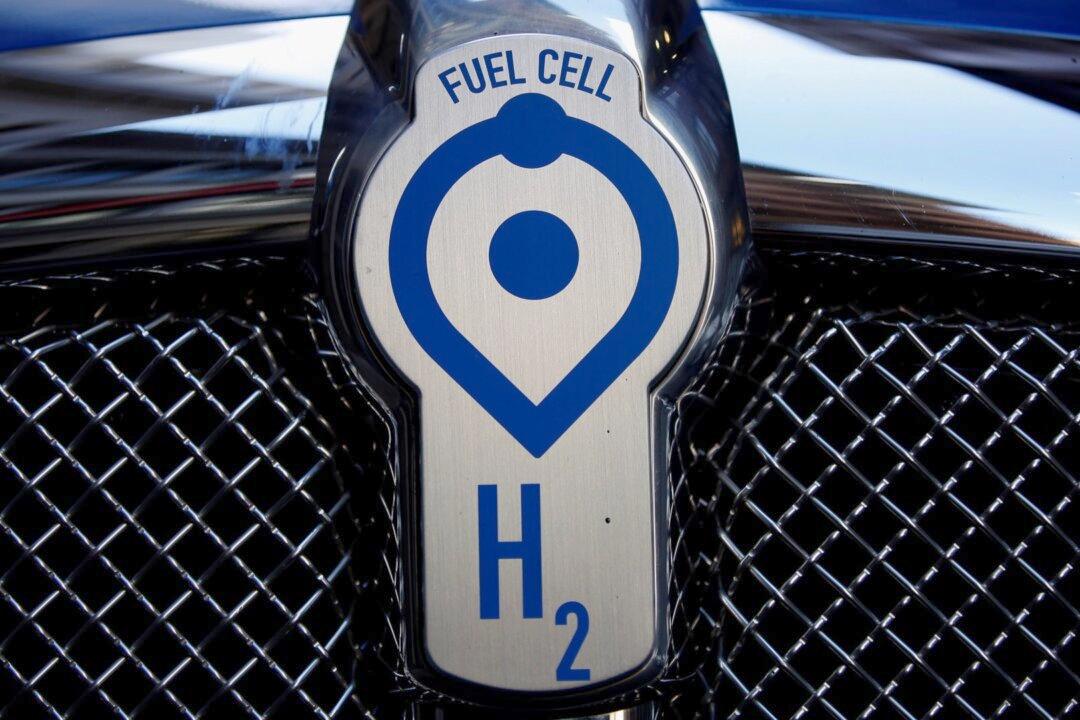A bipartisan group of Appalachian governors is coming together to focus on hydrogen and its uses in the future as a fuel and energy source. The group is part of several around the country working to secure funding from the U.S. Department of Energy (DOE) to fund regional hydrogen hubs.
The Appalachian Regional Clean Hydrogen Hub (ARCH2) came together as a part of a bipartisan infrastructure bill passed in Congress in 2021, which allocated $7 billion to the DOE to create regional clean hydrogen hubs (H2Hubs) around the U.S. as a part of “America’s future clean energy economy.”





